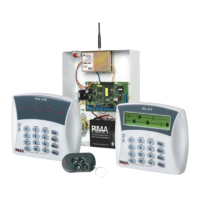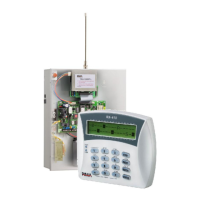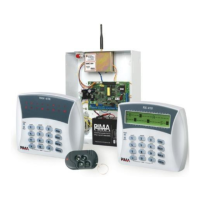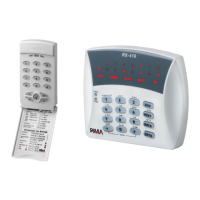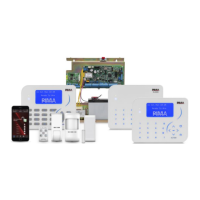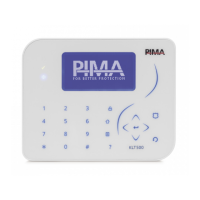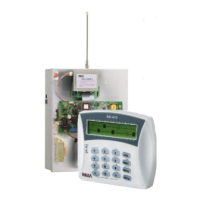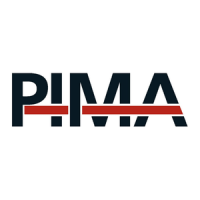What to do if my Pima Hunter-Pro Security System shows 'Low Battery'?
- SSarah ClarkAug 4, 2025
If your Pima Security System displays a 'Low Battery' message: 1. First, check the battery fuse. 2. Then, allow approximately 24 hours for the system to recharge after any power failure, and check the message again. 3. If the message persists after the recharge period, it indicates that the battery needs replacement.
